Despite its nutritional content and climate resilience, it is overshadowed by paddy, wheat–and even ragi






On the banks of the mighty Chambal in Rajasthan’s Dholpur district, Devi Jadon is hard at work in a field. The local, marginal farmer, who is a resident of Shankarpur village, has her eyes set on the cultivation of pearl millet—or bajra, as it is familiarly known.
Jadon sows the seeds in the Kharif season–June to September–and welcomes nourishment from the monsoon rainfall in this semi-arid region. The labour she puts into bajra’s cultivation is mainly meant for household consumption in the winter. The leaves and stalks of the harvest are fed to cattle. Only in case of excess production is the crop sold in the local market. Come Rabi season, and she focuses on wheat and mustard.
Pearl millet is grown extensively in Rajasthan, which is the largest producer of this grain across India. It is cultivated in about 25 villages across the Jhiri and Madanpur panchayats of Dholpur–a district characterised by deep ravines.
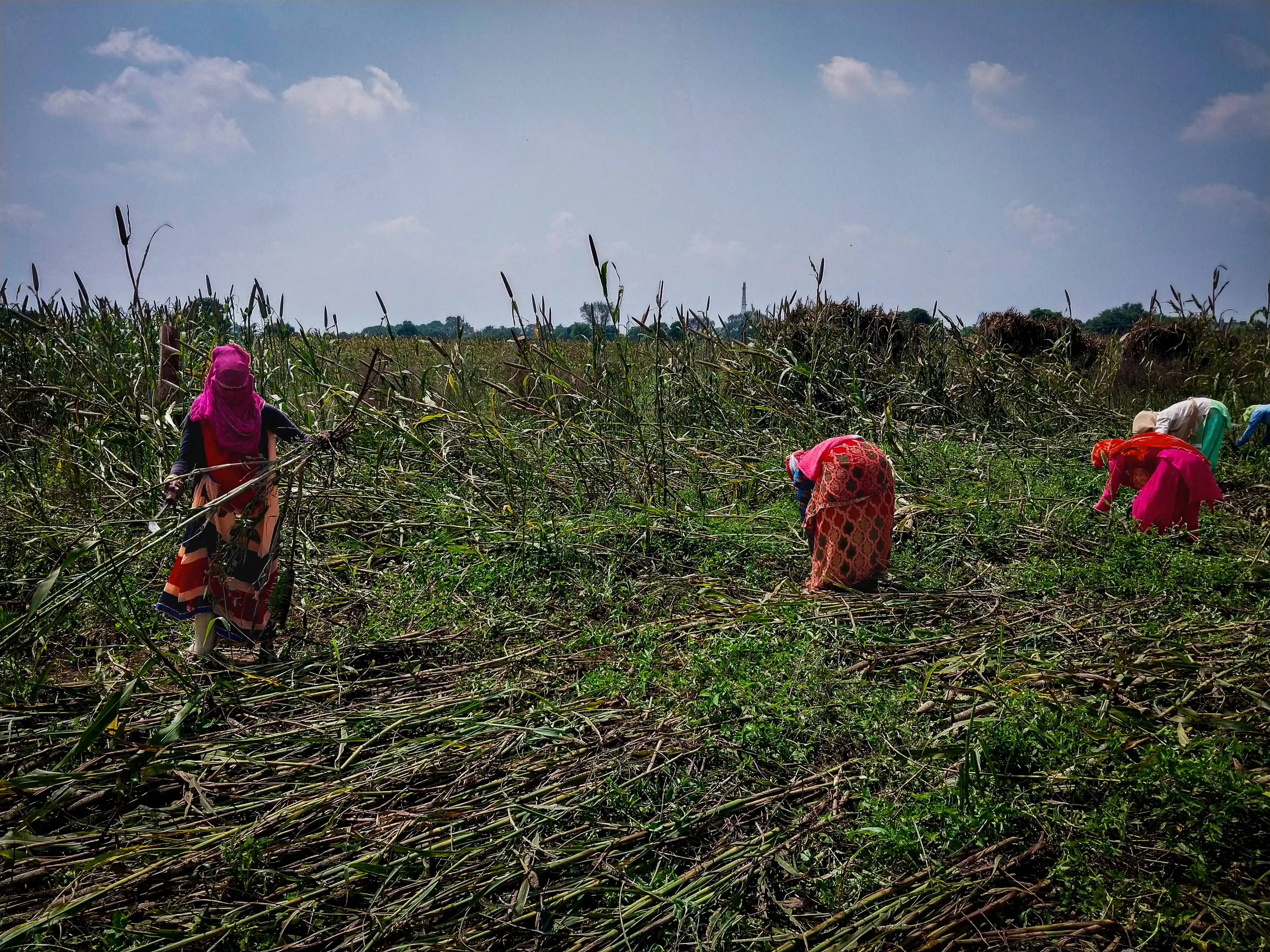
Since millets originally evolved in the arid and semi-arid regions—much before modern irrigation—where they are still cultivated, the crops require very little water: 33% less than rice. The pearl millet, in particular, has high photosynthetic efficiency as well as high dry matter production capacity; it can be grown under even the most adverse conditions, like high temperature, and in shallow, infertile soil with poor water retention—regions where other crops like sorghum and maize simply cannot thrive.
Generally, monsoon showers are adequate for the pearl millet, since the crop—much like its relatives in the millet family—is suitable for dry conditions. “It is able to withstand extreme heat and drought, and can be grown with low inputs,” says Pradeep Kumar, a scientific officer in pearl millet breeding at the Hyderabad-based organisation, International Crops Research Institute for the Semi-arid Tropics (ICRISAT). They conduct research on dryland agriculture, especially millets.
The pearl millet has short development stages and a capacity for a high growth rate, too. Most millets can withstand the vagaries of climate change, but pearl millet really takes the cake: it requires even less water than ragi (red finger millet). Agricultural experts and researchers like Kumar realise the importance of bajra, which is also grown in the summer in the Jalore-Sanchore belt of western Rajasthan. “It is really the pearl of the whole millet basket of India,” explains Bhagirath Choudhary, the founder-director of South Asia Biotechnology Centre–a non-profit that works in bio-innovation. “In winter, it is a staple food for many.”
Crop for a changing climate
The terrains of Northern India lend themselves suitably to the cultivation of millets (along with some parts of sub-Saharan Africa), and thus it comes as no surprise that India is the largest producer as well as exporter of millets in the world. The pearl millet has the dominant share in this production. In the year 2021–22, the crop generated 58% of the total millet production, followed by sorghum (29%) and finger millet (10%). It occupies around 75 lakh hectares of cultivation area in the country, most of it in the Kharif season.
Despite lacking ragi’s perceived superior position in the millet family–as well as the popularity of paddy and wheat–bajra has survived.
Besides Rajasthan, where temperatures soar to as high as 50°C in summers, farmers grow pearl millet in western Uttar Pradesh—a region that is unfit for paddy. It is also cultivated in Haryana and Andhra Pradesh; the drought-prone Rayalaseema region of AP is known for bajra cultivation. According to Borra Srinivas Rao, who works at The Buddha Institute and is based in Hyderabad, the policy of subsidised rice has changed millet consumption considerably across India. PV Suresh Kumar, an independent researcher and development consultant who works on millets, explained that paddy is the dominant crop in Andhra Pradesh, which has a significant share of wetlands. “Though bajra was common in the tribal areas, many farmers have now turned to turmeric, chilli and coffee,” he says.

Also read: ‘Summer ragi’: How Kolhapur farmers’ millet experiment became a success story
An overlooked cereal
Millets, as a family of ancient cereals, garnered notable attention during and after the United Nations declared 2023 to be the International Year of Millets in 2023. However, a bird’s eye view of the promotional efforts and schemes around millets that followed suggests that much of the limelight has been shone on ragi, which is known to be rich in nutrients like calcium. Bajra lagged behind.
Tara Satyavathi, Director of Hyderabad-based Indian Institute of Millets Research, agrees that the pearl millet has not garnered as much attention as ragi. “Whereas bajra is grown on 7.5 million hectares, ragi occupies about 2 million hectares. But the Minimum Support Price (MSP) for ragi is higher than that of bajra. A higher weightage is given to ragi; ragi mudde is consumed in Maharashtra and Karnataka.”
This report tracks the rise in MSP of various millets across the last eight years, and shows that bajra’s MSP had a slow crawl compared to ragi. In 2024-25, ragi’s MSP rose by over Rs. 400 per quintal, whereas that of bajra increased only by Rs. 125 per quintal. As an example, the Odisha Millets Mission pressed on massive procurement of ragi over bajra. Even at the centre, the procurement of pearl millet remains lower than that of ragi, at just 1-3% of the total production.
One of the reasons is perhaps that atta or flour derived from pearl millet cannot be stored for a long time. “Bajra atta has to be prepared fresh using the traditional chakki, a hand-driven millstone, at home every two days to make chapatis. It cannot be stored for more than five days, as it turns rancid,” Jadon explains. However, the pearl millet has superb nutritional properties: it is especially high in iron and zinc content. Just like other millets, pearl millet, too, is gluten-free, rich in fibers and amino acids, is non-allergenic and has a low glycemic index.
Choudhary, a Jaipur resident, points out that though Rajasthan is the largest pearl millet producer in the country, the crop is not procured from mandis or market places by the state government. “It is most unfortunate. In Rajasthan, farmers grow bajra as an important cereal crop. Yet, it has not received recognition. The consumption of pearl millet, however, reflects in the nutrition profile, such as the height and the build of people who regularly eat it,” Choudhary says.
In Rajasthan, its production occupies about 4.43 million hectares of land. Many smallholder farmers like Jadon depend on the pearl millet, but it is sold at low rates in the market. Jadon gets Rs 20–Rs 23 for one kilo. The minimum support price in 2024-25 for pearl millet stands at Rs. 2,625 per quintal–that would assure at least Rs. 26 per kg, but Jadon is reduced to selling it for a lower price.
The consumption of pearl millet, however, reflects in the nutrition profile, such as the height and the build of people who regularly eat it,” Choudhary says.
A couple of forces come together to tug at bajra’s market price: to begin with, the overall demand for millets remains low. It fell by 67% in urban and 59% in rural areas between 1972-73 and 2004-05, according to this report. Owing to the rise in production (and consequent fall in prices) of staples like wheat and rice, the contribution of millets and maize to the average Indian’s cereal requirements dove from 23% to 6%, by 2011. In the last few years, central as well as state governments have successfully tried and mitigated this, by promoting millets meaningfully.
And yet, a major problem has now arisen: this new value chain of millets is breaking. While new millets-based products have entered the market, they cost more than their maida-based counterparts; this is because the storage and processing cost of millets is higher, and thus the margins in this business are higher. The demand for these products is also inconsistent, and so the processors have to accommodate for this in their costs. The result: these prices do not reach the farmers, and eventually urban as well as rural consumers do not want to pay a high price for millets in the market. The farmers have no choice but to sell their bajra at rates lower than the MSP.
Though the MSP is fixed by the Centre, procurement happens at mandis which are controlled by state governments. “The state government has to take a stand for pearl millet,” Satyavathi says.
Holding on in the face of adversity
Despite lacking ragi’s perceived superior position in the millet family–as well as the popularity of paddy and wheat–bajra has survived. The crop continues to hold an important place in regional cultures and food habits. It is also common to consume this millet in the form of bajra malt or porridge. From the Anantapur district of Andhra Pradesh, to villages in Rajasthan, pearl millet flour is used to make rotis/chapatis. “My mother still makes bajra chapatis, but it is difficult to prepare them. As bajra is gluten-free, it lacks the elasticity of wheat. Making the dough requires skill,” Choudhary adds.
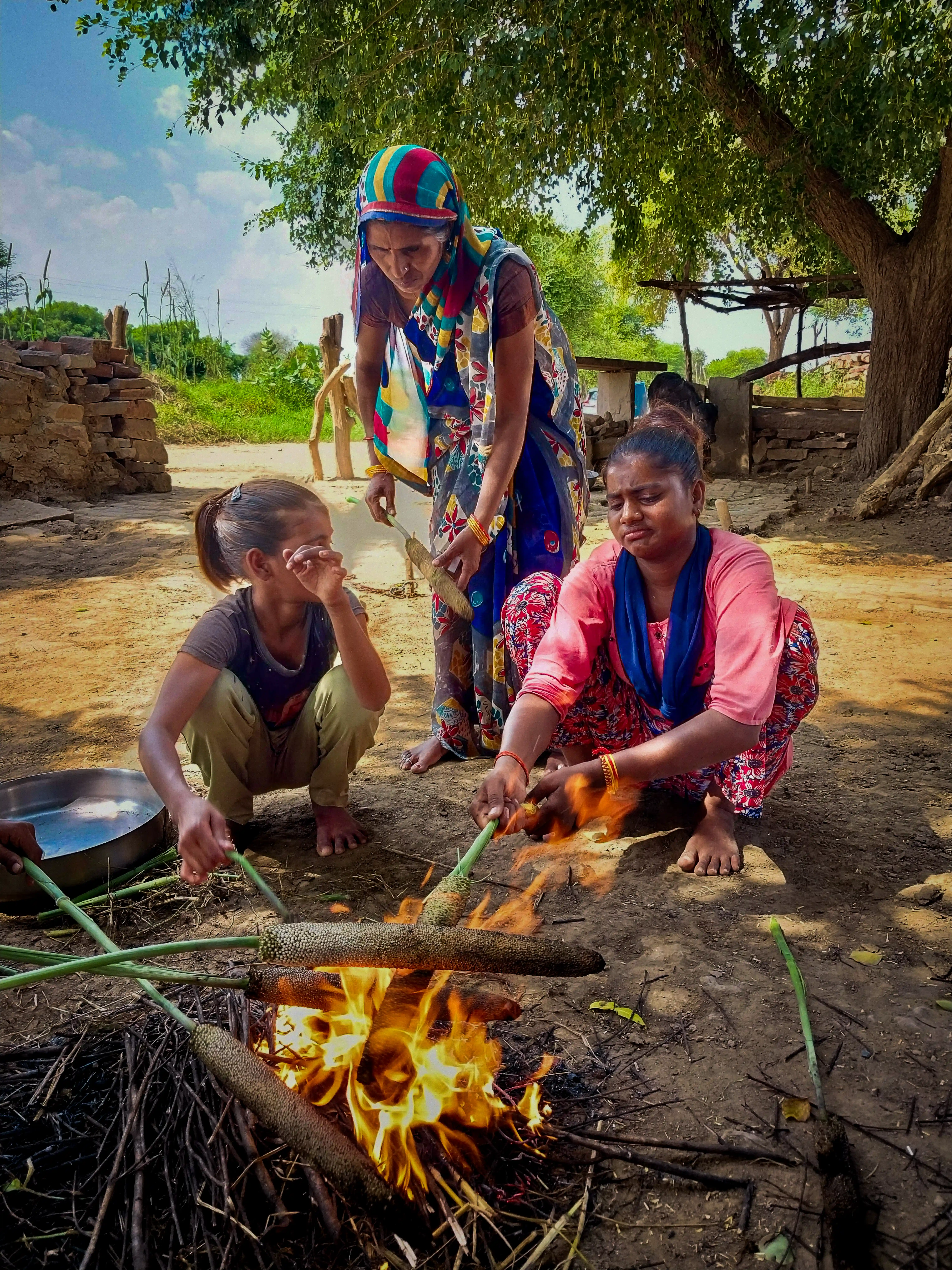
Besides chapatis, Jadon makes a dish with jaggery, sesame and bajra atta. The ingredients are mixed into a dough and shaped into small balls–akin to the ‘bati’ in dal-bati-churma. The balls are then roasted in an oven. When guests arrive during the harvest season, Jadon also serves bajra grains roasted in an open fire, as a snack. In western Uttar Pradesh, where the pearl millet is a key crop that thrives in less than even 150 mm-200 mm rainfall, it is valued during the Makar Sankranti festival when people make laddoos from roughly ground flour.
But the story of the pearl millet in India is much, much older. Mughal emperor Jahangir, in his autobiography Tuzk-e-Jahangiri, raves about the delicious ‘lazizi’: a khichdi of boiled peas and bajra that he encountered in Gujarat. Millets also find a place in religious rituals and festivals; while the Kuthiyottam festival in Kerala celebrates the harvest of millets, bajra is offered to gods in Rajasthan. In many parts of the country, millets are associated with fertility and prosperity.
To this day, folk songs in Rajasthan celebrate the bajra. There is a saying that goes like this in Marwari: ‘Jinki khao bajri, Unki bajao haajri’ (if someone feeds you bajra, you must oblige them).
Bajra contains invaluable nutritional properties–and it is, without a doubt, among the cheapest sources of protein in India. This ancient millet has a well-deserved place not only in our Public Distribution System and processed food value chains, but also in our everyday diets at home.
Also read: One Odisha woman’s mission to preserve taste, tradition through seeds
Cover image: Wikimedia Commons/Shanmugamp7
{{quiz}}
Explore other topics
References

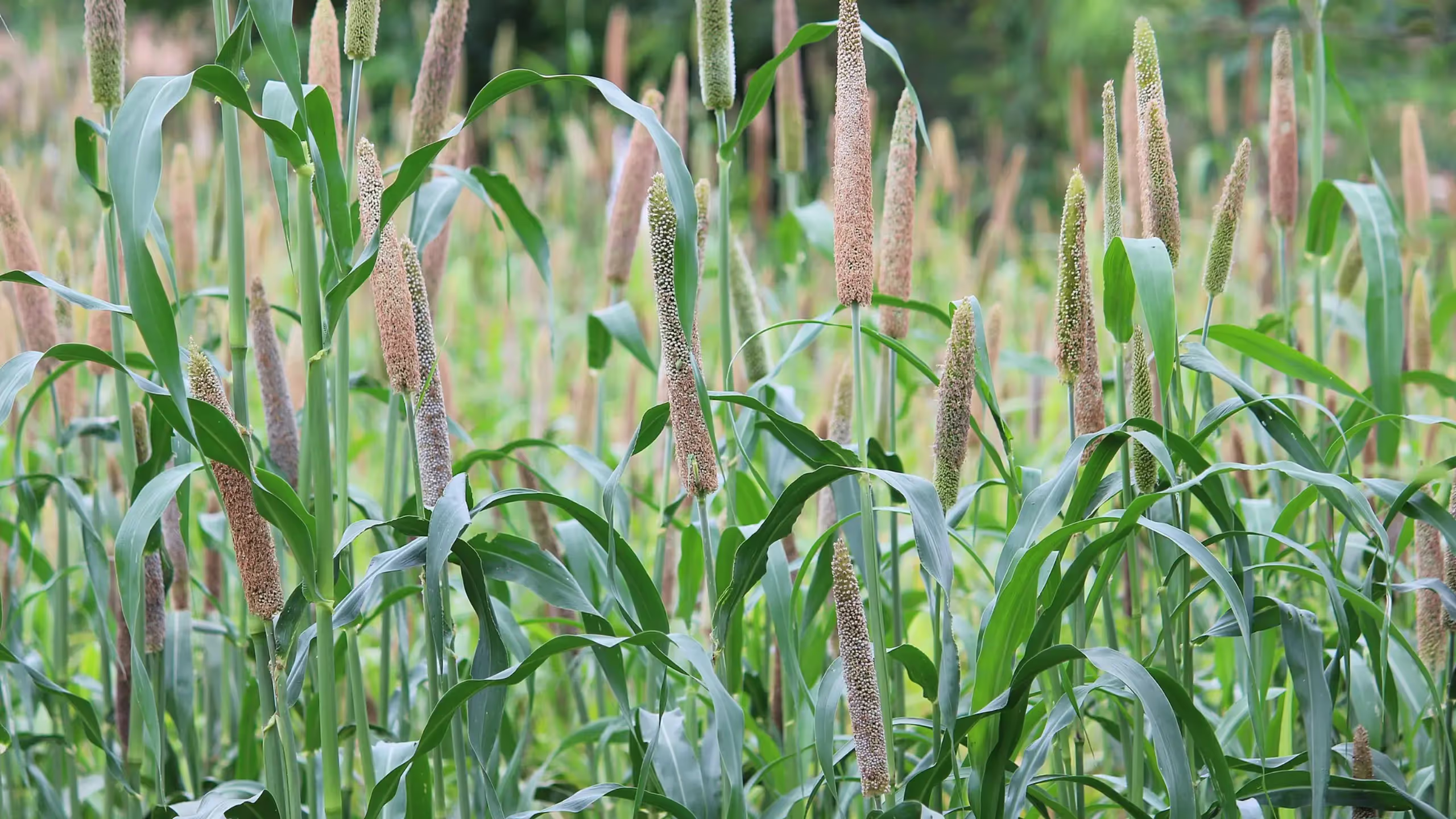
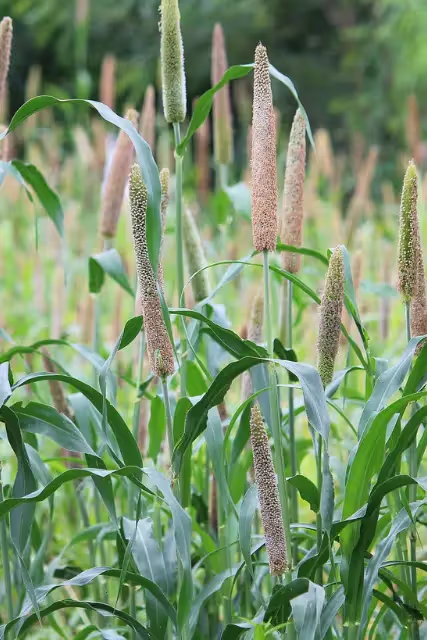



.avif)

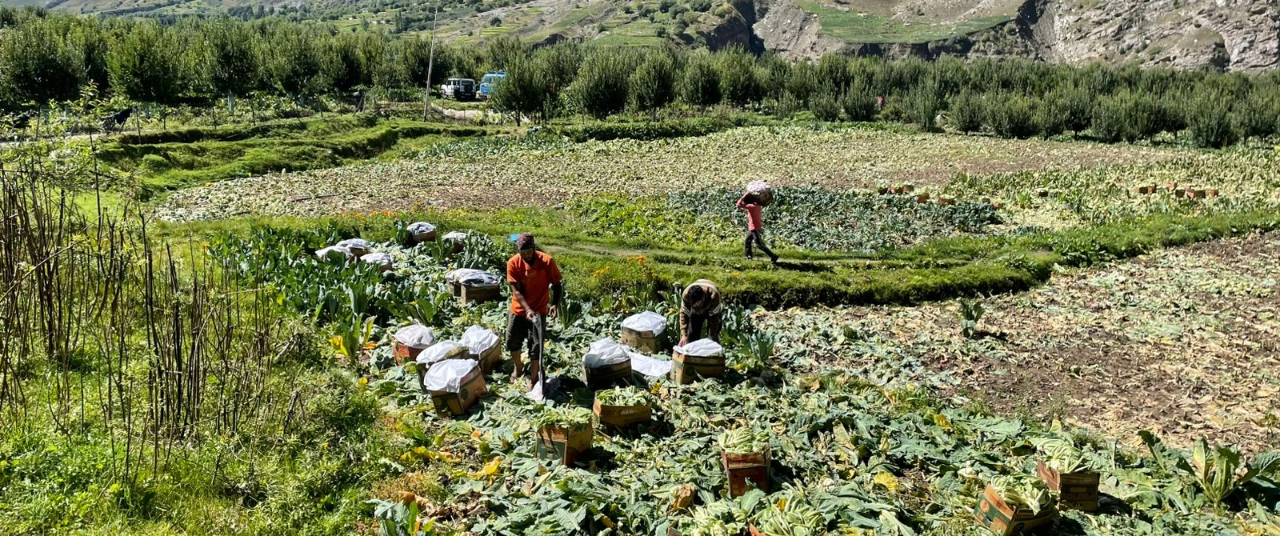
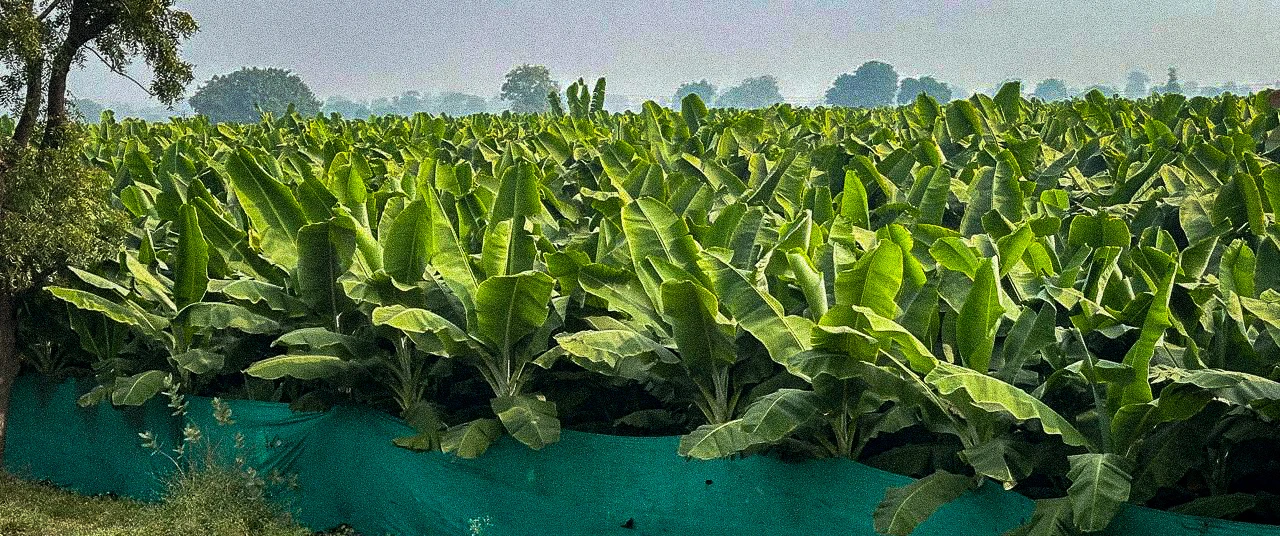
.png)
